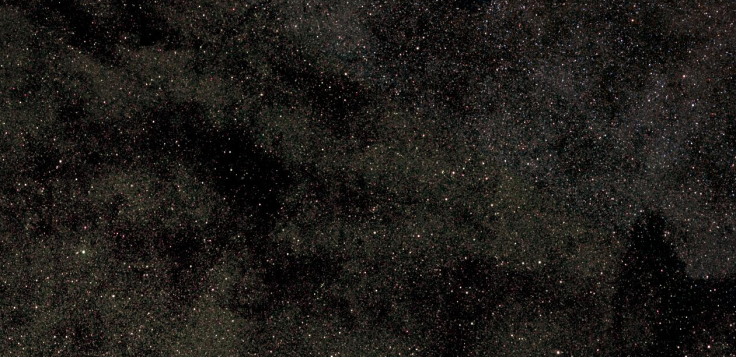The Milky Way Is A 46 Billion-Pixel Beauty In the Largest Astronomical Photo Ever Created

What has 46 billion pixels, a 194-gigabyte file size and took five years to develop? A photo of the Milky Way released by Ruhr University Bochum in Germany Wednesday is being touted as the largest astronomical image ever.
Rolf Chini, Moritz Hackstein and the team of astronomers track and catalog variable objects in the southern sky using an observatory in the Atacama Desert in Chile. The team makes multiple images of the night sky to find stars or systems that change in brightness. A variation could be the result of a planet passing in front of a star, which is then noted by the astronomers. Their work has led to the discovery of 50,000 variable objects. Their research was published in the journal Astronomical Notes.
The Milky Way is pretty large, up to 160,000 light-years wide, so the astronomers had to divide their view into 268 sections. In order to bring the photo to life, the team spent weeks figuring out how to set up the photo. The university created an interactive tool that lets users travel around the Milky Way from the comfort of their home. Users can zoom in to different points of interest using the search function. Because of the enormity of the image, the website may take a while to load or appear slightly buggy. Hitting refresh with some patience will lead to maximum enjoyment of the image.
The new image dwarfs the largest photo ever taken by the Hubble Space Telescope. Hubble released an image of the Andromeda Galaxy in January that featured more than 100 million stars; it had 1.5 billion pixels. "You would need more than 600 HD television screens to display the whole image," a press release noted. If that number is accurate, one would need 18,400 HD televisions to view the latest image of the Milky Way.
© Copyright IBTimes 2025. All rights reserved.






















